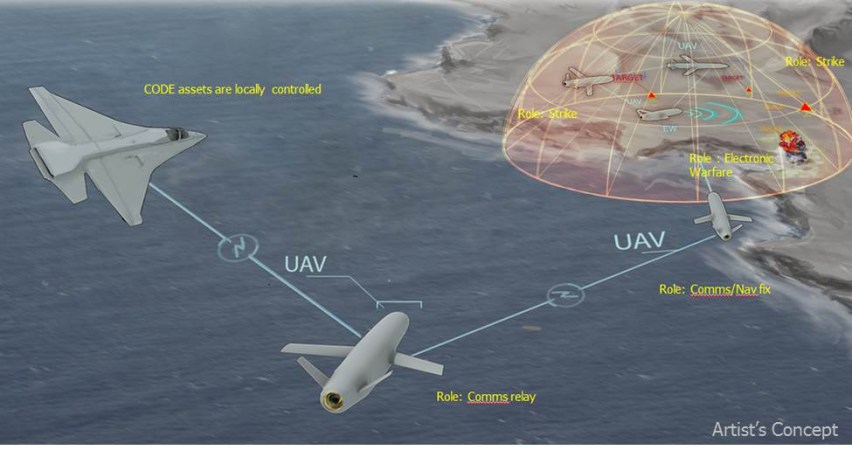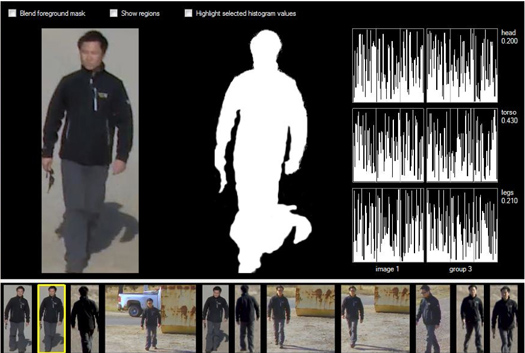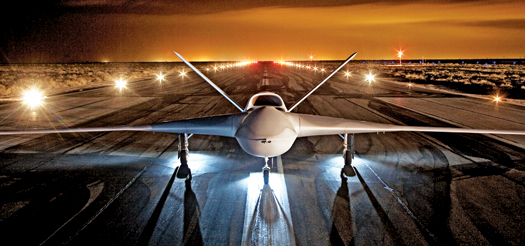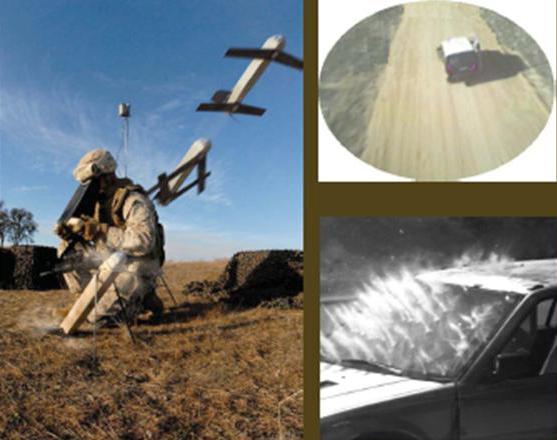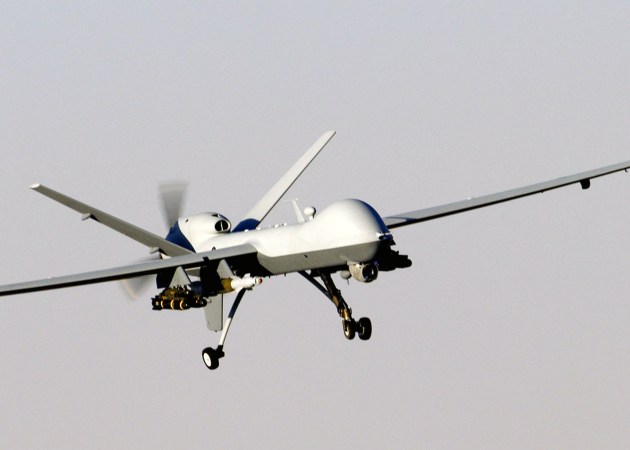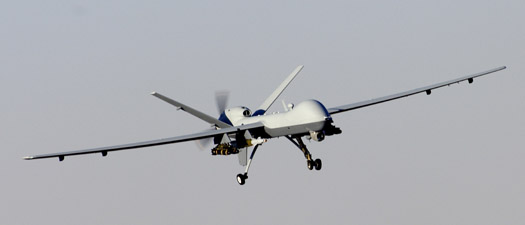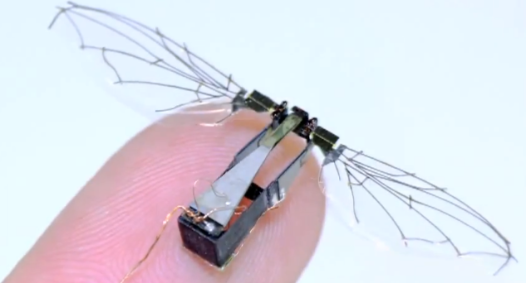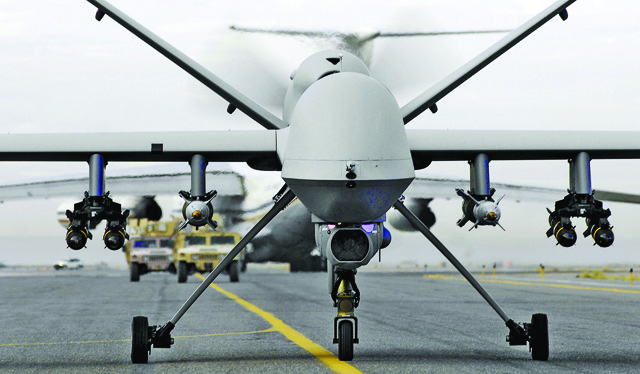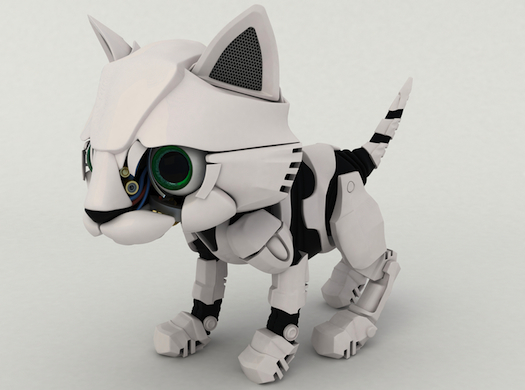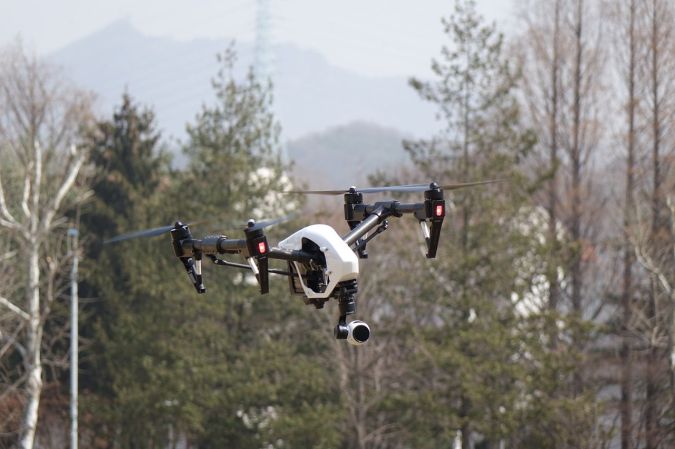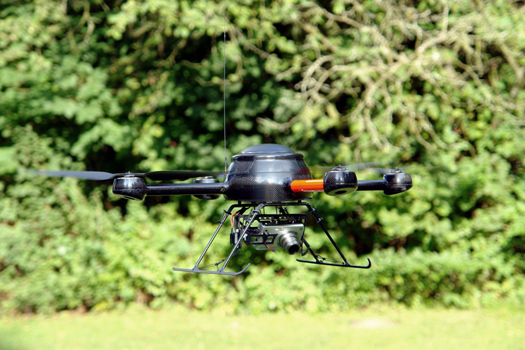

Having a target painted on one’s back just took on a whole new literal meaning. The Air Force wants a new kind of tracking tech in which a tiny drone surreptitiously “paints” an individual with some kind of signal-emitting powder or liquid that allows the military to keep tabs on him or her. Or perhaps upload their coordinates to a hellfire missile.
On Tuesday, the AF put out a call for proposals for such technology, though it didn’t specify exactly what kind of drone might deliver the magic powder, or what the magic powder might be. But as Danger Room notes, there are a range of experimental technologies that could potentially serve both purposes (for a more thorough rundown of that tech, click through to DR’s piece).
Regular readers of PopSci know that tiny insect drones, while not yet perfected, abound in the lab. From larger hummingbird drones to other tiny ornithopters to DARPA’s remote-controlled beetle, the delivery system for such a technology isn’t so far away from being a reality. What most of these tiny drones lack is range, and that will only improve with advances in battery life and materials science.
What’s less clear is how the tracking might go down, though as has also been noted right here in PopSci the Pentagon is hard at work on a range of what they call “Clandestine Tagging, Tracking, and Locating” (TTL) technologies. Some Pentagon ideas include marking targets with biological paints or micromechanical sensors. Other ideas proposed by outside groups are equally out there. To quote:
One such proposal, from a University of Florida researcher, uses insect pheromones encoded with unique identifiers that could be tracked from miles away. Other plans employ biodegradable fluorescent “taggants” that can be scattered by UAVs. Voxtel, a private firm in Oregon, has already made available a product called NightMarks, a nanocrystal that can be seen through night-vision goggles and can be hidden in anything from glass cleaner to petroleum jelly.
DARPA is even looking into “smart dust” which is essentially a cloud of dust mote-sized sensors that could be sprayed into the air near a target in hopes that he or she might walk through the cloud and be tagged, meaning the drone or delivery system wouldn’t even have to make direct contact with the target (think bird-like drones that can crop dust a vehicle or person).
Of course, the Air Force also notes that the technology it is fostering will be useful for things like tracking wildlife, though why anyone would want to fire a hellfire missile at a flock of migrating birds is unclear.
